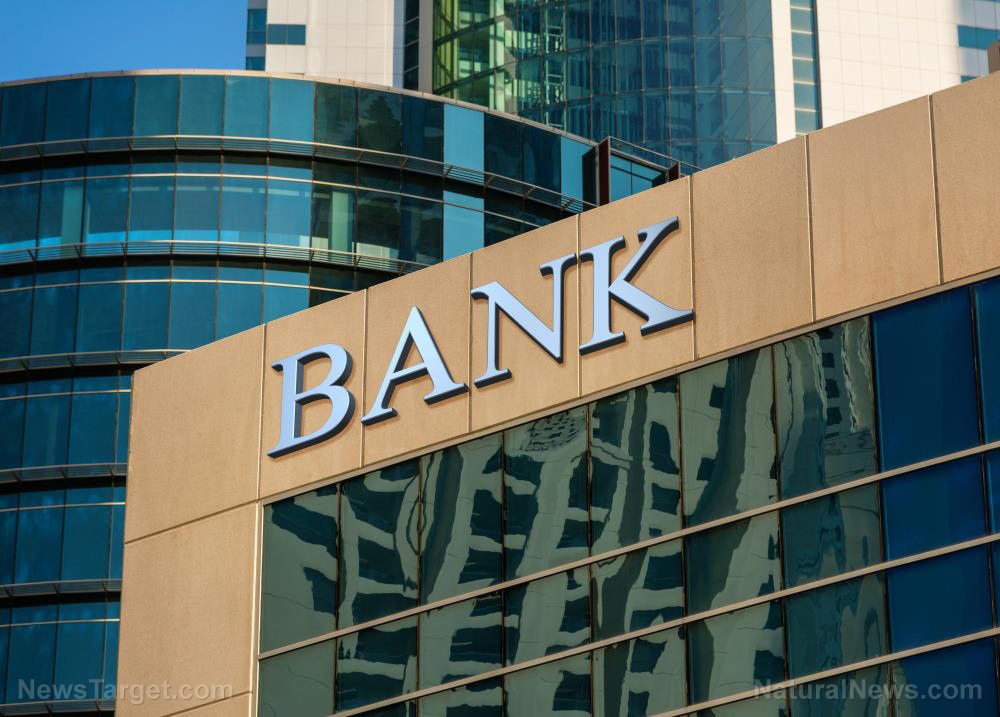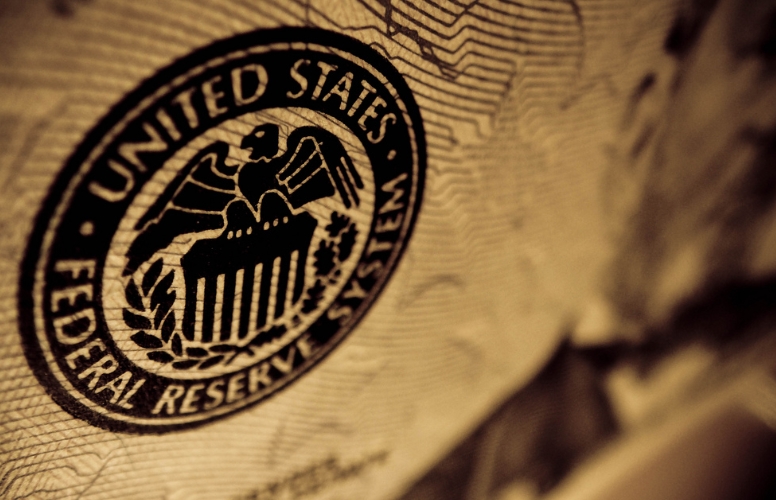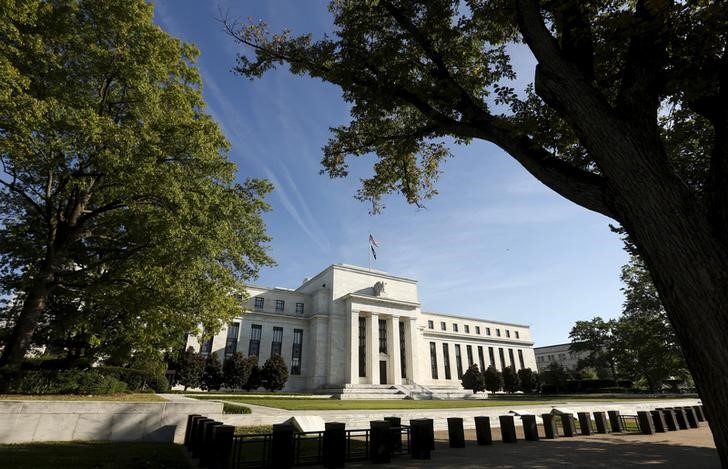
In March, the Silicon Valley Bank (SVB) in Santa Clara failed as depositors pulled their funds due to panic from the venture capital community that SVB served. Days later, federal regulators shut down Signature Bank in New York over concerns that a panic run would strike the area next.
Credit Suisse, Switzerland’s second-largest bank, followed, requiring a government-arranged sale to avoid a similar insolvency crisis. By May, the crisis has reached San Francisco, where First Republic Bank "imploded from its inability to prepare for rising interest rates."
July saw the dissolution of the small Heartland Tri-State Bank in Kansas, and four U.S. banks, including two in the Bay Area, collapsed in 2023. These marked the second-and third-largest bank failures in American history, with the closures jeopardizing nearly $550 billion in assets, which was more than the 2008 financial crisis did.
Shevron Hunter from the Bayview neighborhood of San Francisco experienced a quieter kind of industry volatility: The bank branch she had been going to for five years closed without warning. She said that she didn't get a notice from U.S. Bank, which closed its Third Street branch on June 30.
Hunter, who lives in Potrero Hill with her two children and works at Bayview Hunters Point YMCA, added that she only found out about the branch’s closure when she went there to deposit a check. According to Hunter, U.S. Bank did not inform her community or other customers like her who are banking there.
U.S. Bank acknowledged that it closed the branch without notice. A spokesperson said "staffing challenges" were the reason.
The Federal Deposit Insurance Corporation requires banks to notify customers in writing of impending branch closures at least 90 days ahead of time. Banks must also post a conspicuous notice that a branch is closing at least 30 days before the deadline.
The Minnesota-based company opened a new location less than one mile away on Sept. 11, in the space of a closed bank it bought. The branch hopscotching and consolidation point to a deepening trend: Bank branches are closing all over the U.S., but San Francisco is having a record-testing year.
Data from the U.S. Office of the Comptroller of the Currency revealed that 23 branches have shuttered across the city through Oct. 28. The closures, which included branches from the central Richmond District in the west to Bayview in the south, add up to more than the previous two years combined and represent the most in a single year since at least 2000.
The 21st-century record comes amid the spring banking crisis and an industry-wide tendency toward consolidation. JPMorgan Chase, which absorbed First Republic Bank in May 2023, folded seven of the failed bank’s branches by September.
Meanwhile, U.S. Bank and Union Bank, which merged in December, closed five branches and opened one.
277 California bank branches have closed so far this year
Throughout California, as many as 277 bank branches have closed so far in 2023, second only this century to 2020, when 325 branches closed. Branch openings are rarer, with only eight having occurred statewide this 2023.
Paulina Gonzalez-Brito, CEO of Rise Economy (formerly the California Reinvestment Coalition), an economic justice organization based in San Francisco, warned that the closures are worrying, especially those occurring in communities of color and lower-income communities because of how they affect lending. Gonzalez-Brito added that people who need a small business loan or a home loan often need to visit a branch.
Even amid the popularity and convenience of online banking platforms and services, a 2019 paper in the American Economic Journal revealed that these services still haven't fully replaced "the role of geographic proximity in facilitating the transfer of soft information" that is usually required to secure small business or home loans.
Assistant Professor Hoai-Luu Q. Nguyen, the paper’s author, from UC Berkeley Haas School of Business, warned that this also means branch closures often result in "a sharp and persistent decline in credit supply to local small businesses." (Related: PULLING THE PLUG: Bank of America clients withdraw $2.3B from US securities, bank strategist says.)
In a paper published in April on the Federal Reserve Bank of Chicago’s website, economist Jung Sakong and Yale School of Management assistant finance Professor Alexander Zentefis explained that if many households still prefer personal interactions to mobile banking, commercial banks must understand that physical branches are important critical channels for "acquiring customers, retaining them and knowing them better."
But if this is the case, why are banks closing? This is one question San Francisco City Treasurer José Cisneros, whose office isn’t notified or consulted about branch closures, wants banks to answer.
Spokespeople for JPMorgan Chase, U.S. Bank and Wells Fargo, which closed 13 San Francisco branches in 2020, said in statements that their companies allegedly "remain committed to the city" and cited circumstantial factors instead of systemic ones. JPMorgan Chase's spokesperson claimed that it's not the company’s goal to have the most branches, "but to have the right branches in the right communities."
Meanwhile, a U.S. Bank spokesperson said that the Bayview branch’s closure was sudden but temporary.
In a city with 46 financial institutions and nine to 10 bank branches per ZIP code, the Bayview neighborhood and its almost 24,000 residents only have two. This highlights the fact that banks tend to ignore smaller communities, with residents forced to bank elsewhere or travel across town to visit a bank.
Retail branches in the U.S. have significantly declined since the 1980s. Trump-era regulatory rollbacks have made it easier for midsize banks like Silicon Valley and First Republic to expand without federal oversight and mergers have quickly outpaced new commercial banks coming online for years.
The U.S. and California, along with Alameda, Contra Costa and Santa Clara counties, experienced branch closure inflection points in 2020. According to researchers with the consumer watchdog National Community Reinvestment Coalition, banks used pandemic-era distancing requirements as an excuse to fast-forward their consolidation plans.
After receiving feedback from clients and staff, U.S. Bank spokesperson Evan Lapiska explained that the company decided to open a new Bayview branch on Third Street, in the space vacated in May by Union Bank, which U.S. Bank acquired in 2022.
In a statement, Lapiska said the U.S. Bank is proud of its history and is "committed to serving the community into the future throughout the process."
According to Nick Weiner, organizing director of the Committee for Better Banks, which works to unionize bank employees, there is a problem with the alleged staffing challenges that left U.S. Bank with no choice but to suddenly close a branch before properly notifying customers. Weiner warned that there is a chance that banks themselves are creating staffing challenges.
Read more about bank closures and other banking issues at MarketCrash.news.
Watch the video below to learn why a banking collapse in the U.S. is imminent.
This video is from the MAKEN SENSE channel on Brighteon.com.
More related stories:
Bank collapse contagion? Customers line up to take their money out of First Republic Bank.
Euro bank chief admits central bank digital currency will be used to control populations.
Sources include:
Please contact us for more information.






















